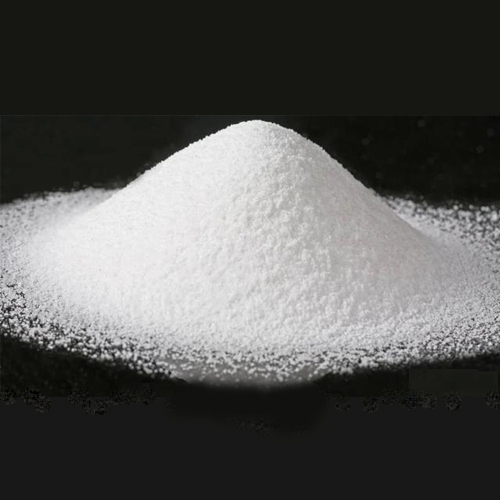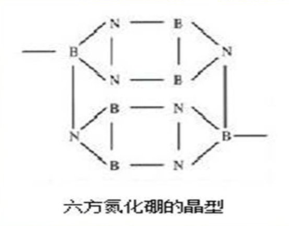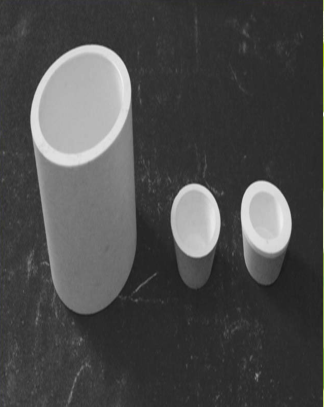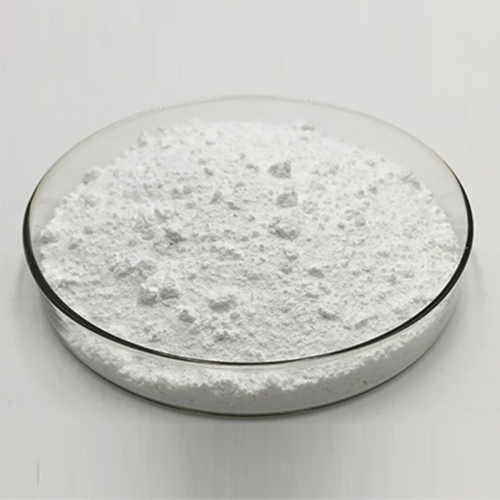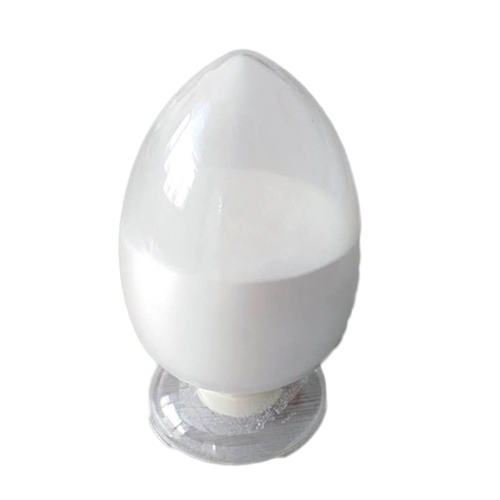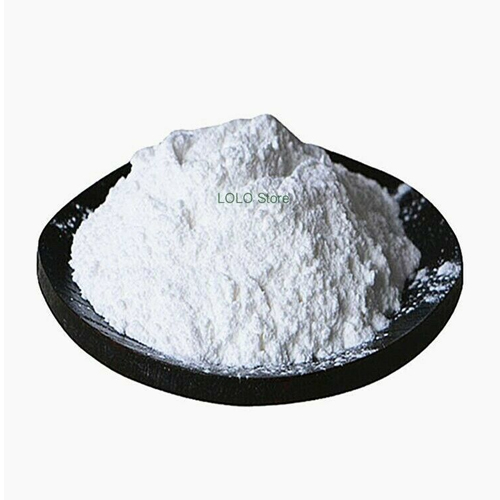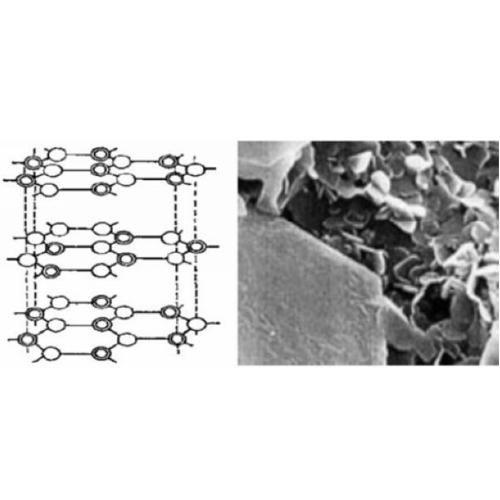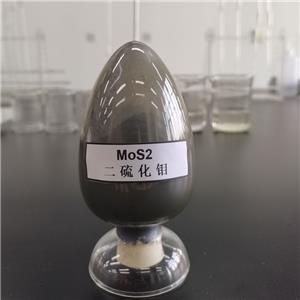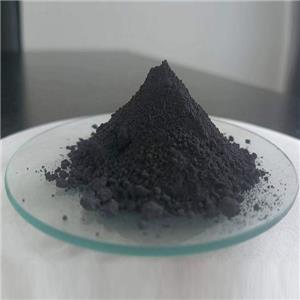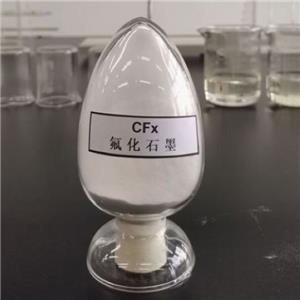
Hexagonal Boron Nitride Powder (HBN) is a covalently bonded crystal composed of nitrogen atoms and boron atoms. Hexagonal Boron Nitride Powder has a layered structure similar to graphite and is a white powder that is loose, lubricated, easy to absorb moisture, and light in weight. Also known as "white graphite". Hexagonal Boron Nitride Powder is a soft material with a Mohs hardness of only 2. Due to the graphite-like layered structure of BN crystals, the dense HBN porcelain body formed by hot pressing of flake crystals has a certain degree of orientation, and this microstructure makes some properties of HBN products have obvious anisotropic characteristics. The mechanical properties of hot-pressed HBN are stronger parallel to the compression direction than perpendicular to the compression direction. Hexagonal Boron Nitride Powder has excellent thermodynamic properties. Hexagonal Boron Nitride Powder has the advantages of high thermal conductivity, high heat capacity, low thermal expansion, thermal shock resistance, high temperature lubricity and high temperature stability.
Hexagonal Boron Nitride Powder
Introduction
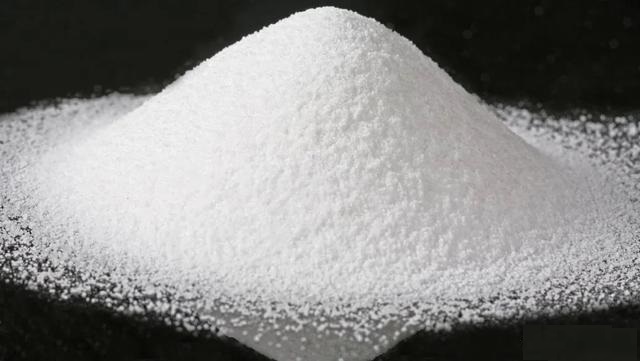
Hexagonal Boron Nitride Powder (HBN) is a covalently bonded crystal composed of nitrogen atoms and boron atoms. Hexagonal Boron Nitride Powder has a layered structure similar to graphite and is a white powder that is loose, lubricated, easy to absorb moisture, and light in weight. Also known as "white graphite". Hexagonal Boron Nitride Powder is a soft material with a Mohs hardness of only 2. Due to the graphite-like layered structure of BN crystals, the dense HBN porcelain body formed by hot pressing of flake crystals has a certain degree of orientation, and this microstructure makes some properties of HBN products have obvious anisotropic characteristics. The mechanical properties of hot-pressed HBN are stronger parallel to the compression direction than perpendicular to the compression direction. Hexagonal Boron Nitride Powder has excellent thermodynamic properties. Hexagonal Boron Nitride Powder has the advantages of high thermal conductivity, high heat capacity, low thermal expansion, thermal shock resistance, high temperature lubricity and high temperature stability.
Table 1: Comparison of thermal properties of HBN and other materials.
Maximum use temperature /℃ | Thermal conductivity (w/m·k) | Thermal expansion coefficient /10-6/℃ | |
HBN | 900(O2) 2800(N2) | 25.1 | 0.7(ꓕ) 7.5(//) |
BeO | 2000 | 255.4 | 7.8 |
Al2O3 | 1750 | 25.1 | 8.6 |
Talc Porcelain | 1100 | 2.51 | 8.7 |
ZrO2 | 2000 | 2.09 | 10.0 |
Quartz glass | 130 | 1.67-4.19 | 6.5 |
Fluorine resin | 25 |
The table shows that Hexagonal Boron Nitride Powder has low thermal expansion coefficient and high thermal conductivity, and Hexagonal Boron Nitride Powder has excellent thermal shock resistance.
Table 2: Typical Specification of HBN
Typical Analysis | Specification |
HBN,% | 99.00min |
B2O3,% | 1.00max |
H2O,% | 0.5max |
Median Particle Size,μm | 0.50-0.80 |
The Hexagonal Boron Nitride Powder is divided into two specifications according to different grades, HBN-01 and HBN-02.The chemical composition of the product should meet the requirements in table 3 (mass fraction).
Table 3: Grade of Hexagonal Boron Nitride Powder.
Specifications | purity(wt.%) | B2O3(wt.%) | particle size(um) |
BNR-01 | ≥99 | ≤0.2 | 3-25 |
BNR-02 | ≥98.5 | ≤0.8 | 3-25 |
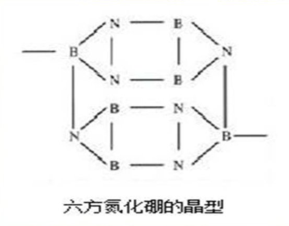
FIG.1 The crystal structure of Hexagonal Boron Nitride Powder.
In the crystal structure of Hexagonal Boron Nitride Powder , B and N atoms in each layer are separated to form a hexagonal network. B. There are strong covalent bonds and a certain dipole moment between the N atoms, so the internal bonding of the layers is tight, but the layers are only bonded by very weak bonds, so it is a layered structure similar to graphite, which is easy to peel off . Many properties of Hexagonal Boron Nitride Powder are directional.
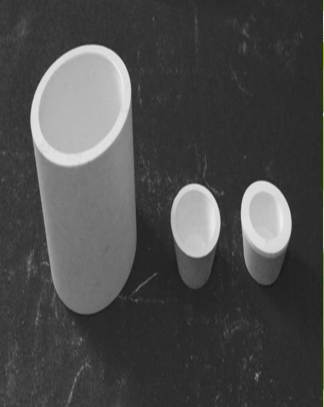
FIG.2 Crucible made of Hexagonal Boron Nitride Powder.
On January 30, 2023, molybdenum price rose by more than 20% in a single day, breaking a new 17-year high. Molybdenum is known as the "war metal", "steel warrior". Molybdenum is valued by more and more countries. China is the world's richest country in molybdenum resources, with reserves of 4.3 million tons, followed by the United States (2.7 million tons) and Chile (1.8 million tons), which acco...more

